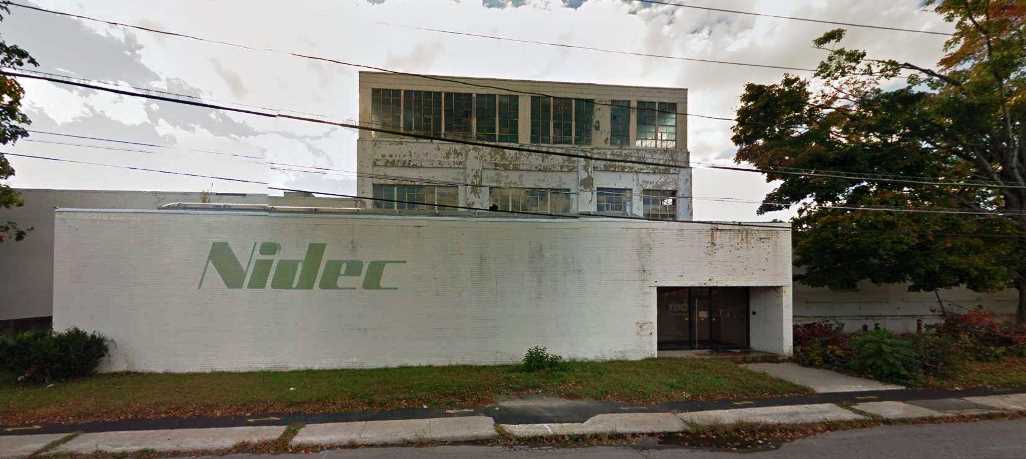During a March 28, 2018 roundtable with state and local elected officials, developers, and community members from across Connecticut, U.S. Senator Chris Murphy (D-Conn.) announced the introduction of his new legislation, called the Creating Livable Environments and New Usable Property (CLEAN UP) Act.
Its purpose is to incentivize the cleanup and redevelopment of contaminated industrial sites across Connecticut and the United States. Murphy’s CLEAN UP Act will pair two tax incentives to spur investment in the cleanup of brownfield sites and ultimately help cities and towns increase tax revenues, expand economic development, and protect the environment.
“I’ve heard from officials throughout Connecticut that they’re regularly approached by companies that want to relocate here, but they can’t find property to build on. Contaminants and other dangerous substances that may have seeped into the ground decades ago make the cost of cleaning up these so-called brownfields simply too high,” said Murphy. “My CLEAN UP Act will incentivize private developers to come in and take on these big cleanup projects so that new businesses can put down their Connecticut roots and start creating jobs. I know there’s bipartisan support for these tax incentives, and I’m going to work hard to get this passed into law. The opportunity in Connecticut is too big to pass up.”
Over the last several years, Murphy has toured over a dozen of Connecticut’s brownfield sites to learn about ways to transform these under-used industrial sites into major components of economic revitalization. Some of his visits have included tours of the former Century Brass property in New Milford, the former Remington Shaver factory in Bridgeport, the former Chromium Process Co. building in Shelton, the former Nidec Corporation factory in Torrington, O’Sullivan’s Island in Derby, various sites in Ansonia, and Freight Street in Waterbury.
Murphy’s CLEAN UP Act would reenact two expired tax incentives. The first would allow developers to fully deduct the costs of environmental cleanups on brownfields sites in the year those costs are incurred, allowing developers to realize the full savings of the deduction in the first year of investment as opposed to incrementally benefiting from the deduction over several years. The second would exempt qualified developers from paying unrelated business income taxes on profits earned from the sale or exchange of certain brownfield properties.
Under current law, developers are fully taxed on the change in value of the land when they sell it—even if the change in value was a direct result of cleanup efforts. Murphy’s proposed tax incentive would be available to entities who incurred a cleanup charge exceeding $550,000 or 12% of the property’s fair market value. The incentive would not be available to parties who are potentially liable for the cleanup in the first place.
A week earlier, Congress passed a spending bill that included $80 million to assess, clean up, and reuse contaminated brownfield properties. That spending bill also authorizes $200 million for the EPA’s existing Brownfields Program each year from 2019 to 2023.
The proposed CLEAN UP Act revives crucially-important tax incentives needed to revitalize brownfield sites. This is an essential step towards fully tapping the economic growth opportunities to be found in the nation’s (and world’s) vast inventory of restorable assets, as first documented in Storm Cunningham‘s 2002 book, The Restoration Economy (Berrett–koehler Publishers), and later expanded upon in his 2008 book, Rewealth, from McGraw-Hill.
Photo of abandoned NIDEC factory courtesy of City of Torrington.

